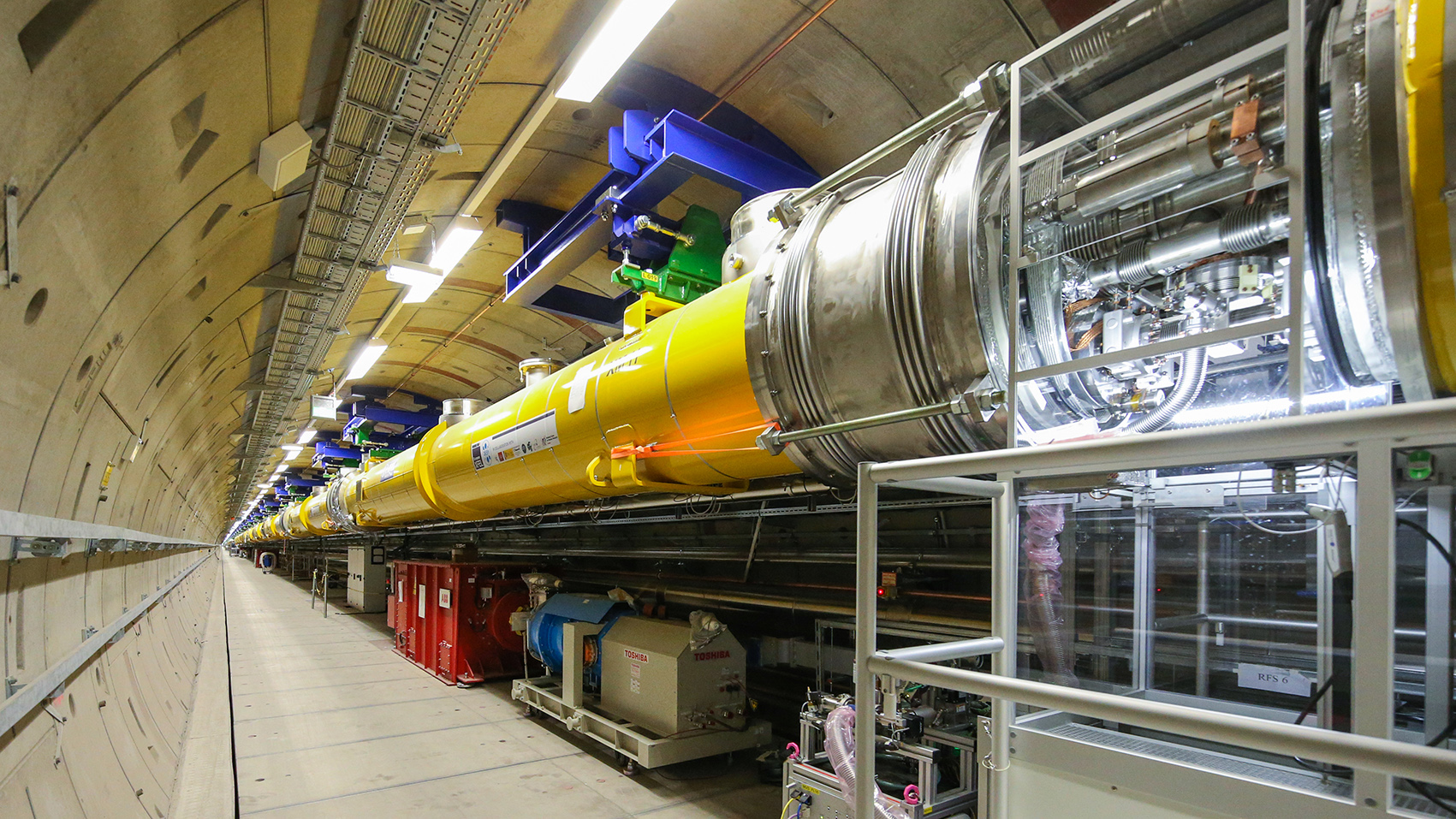European X-ray Free Electron Laser, the largest and most powerful X-ray laser in the world, was officially inaugurated during an international event in Hamburg on September 1.
Research ministers and other prominent guests from across Europe joined the European XFEL managing directors to officially start the €1.2-billion ($1.4 billion) XFEL research operation of the facility with the first two experiments, xfel.eu reported.
Extending over a distance of 3.4?km in tunnels, the machine acts as a high-speed camera that can capture images of individual atoms in a few millionths of a billionth of a second.
“The laser is the biggest, and the most powerful, source of X-rays ever made,” said Olivier Napoly, a member of the French Atomic Energy Commission who helped build the complex.
German Minister for Education and Research Johanna Wanka stressed the importance of the new international research facility saying “The establishment of the European XFEL has created a unique cutting-edge research facility, which promises groundbreaking insights into the nano-cosmos. The foundations for tomorrow’s innovations are laid by today’s basic research.”
European XFEL Managing Director Robert Feidenhans said: “The European XFEL is a unique facility that will open the door to new areas of science.”
Helmut Dosch, chairman of the Deutsches Elektronen-Synchrotron board of directors, said: “What started as a vision and was set in motion at DESY more than 20 years ago has now become a reality: the world’s most powerful laser for X-ray light.”
The European XFEL produces extremely bright and ultra-short light pulses. The facility will generate up to 27,000 pulses per second – 200 times more than other X-ray lasers.
With the help of specialized instruments, these X-rays enable completely new insights into the atomic details and extremely fast processes of the nano-world.
Scientists will use these X-ray flashes to, for example, map the three-dimensional structure of bio-molecules and other biological particles, and do so faster and with more detail than has ever been previously possible.
For New Medicine and Therapy
Furthermore, single snapshots of particles produced with the X-ray laser can be sewn together to create “molecular movies” to study the progress of biochemical and chemical reactions – the basis for the development of new medicines and therapies or environmentally friendlier production methods and processes for extracting energy from sunlight.
Other applications lie in the field of materials science with the development of new materials and substances, in the optimization of storage media for computers or the investigation of extreme matter conditions such as those found within exoplanets.
In a single second, scientists should be able to collect more than 3,000 good-quality X-ray pictures, compared with 100 or so at other facilities, says Adrian Mancuso, a project scientist at the European XFEL’s experimental stations in Schenefeld, near Hamburg.
“Having lots of data matters, and the European XFEL will deliver it in truckloads,” says Abbas Ourmazd, a physicist at the University of Wisconsin–Milwaukee.
The European machine — paid for by 12 countries — should relieve some of the pressure on older XFELs in the United States and Japan, which are heavily oversubscribed by scientists keen to capture atomic-scale images of their samples.
Another XFEL opened to users in Pohang, South Korea, in June, and a machine in Villigen, Switzerland, is due to start experiments in 2018.
At the Hamburg XFEL, bunches of electrons are first accelerated down a 1.7-kilometre-long tunnel. Magnets then bend the electrons’ path into wiggling slalom tracks, causing them to emit bunches of high-energy X-rays as they curve.
The bright X-ray pulses are so intense that they destroy the samples they hit — but not before enough photons have been scattered to reveal the sample’s atomic structure.
Already every evening from August 28, laser light beams can be seen shining across Hamburg from the Elbphilharmonie, Hamburg University, HAW Hamburg, the Hamburg Ministry of Science, Research and Equalities, and the Planetarium to European XFEL in Schenefeld as the city of Hamburg welcomes the international research facility to the metropolitan area.


